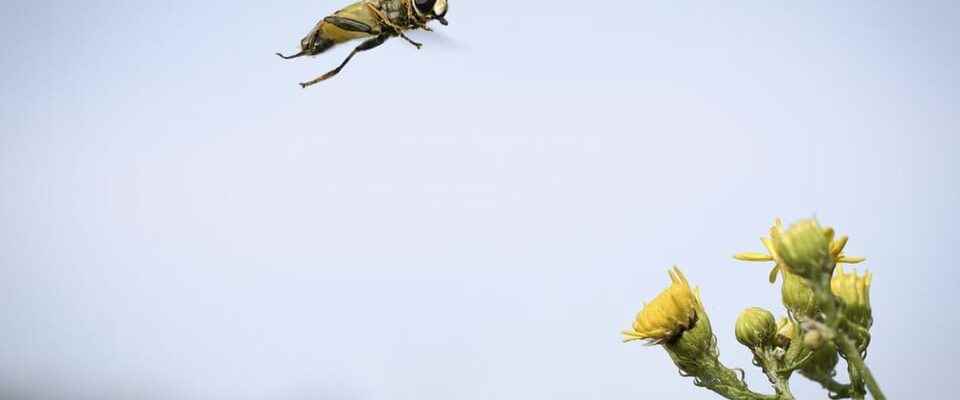contents
Animal and plant species are becoming extinct worldwide. We humans often don’t notice it. Or is it?
Almost 200 countries are currently negotiating at the biodiversity conference in Montréal how they want to stop the extinction of animal and plant species. Every species of beetle, every species of grass, every species of shellfish that disappears forever is fundamentally a loss. But we humans often don’t notice it up to a certain point.
For example the partridge: after the Second World War you could still hear its calls almost everywhere in the fields. A good 10,000 partridges lived in Switzerland at the time. Meanwhile, the partridge is as good as extinct in our country. The same fate was also experienced by the field beetle, the poppy mason bee and various other animal and plant species that lived on fields and dry meadows.
Food production doubled
The agricultural yield, on the other hand, skyrocketed on these fields and meadows. It has well doubled with modern farm machinery, artificial fertilizers and pesticides. Accordingly, humans and their food production do not appear to be directly affected by the loss of biodiversity. At some point, however, this should take revenge, according to experts. When that will be the case is difficult to predict, says insect specialist Pangiotis Theodurou from the Martin Luther University in Halle-Wittenberg.
Legend:
The greater the variety of pollinating insects, the better wild flowering plants, including cultivated plants, are pollinated.
KEYSTONE/Gabriel Monnet
He deals with the pollination of plants. The greater the diversity of pollinating insects, the better wild flowering plants, but also fruit trees and field crops, are pollinated. But although the numbers of wild bees and many other pollinating insects have declined sharply, there has not yet been a collapse. Nevertheless, the pollinating insects must be preserved, says Theodorou. “We shouldn’t wait until things get worse,” he warns.
Biodiversity in the soil is important
The situation is similar with regard to soil fertility. Thousands of fungi, bacteria and small creatures help the top meters of soil to live and plants to grow. Marcel Vanderheiden is a professor at the University of Zurich in the Department of Plants and Microbiology. He says: “It is not always easy to link biodiversity directly to soil yields, because there are many other factors that also determine biodiversity. Among other things, how much fertilizer is used, how the soil is worked and where next.”
His field of research is still relatively young and there are only a few reliable results, says van der Heiden. It is not yet possible to say where possible tipping points are. However, it is clear that biodiversity in the soil is all the more important if you want to get by with as few pesticides and artificial fertilizers as possible. And the experiments under artificial conditions in the greenhouse showed: “If the biodiversity is very low, then the system does not work well.”
Disturbed system recovered
Conversely, the example of Yellow Stone National Park in the USA shows how a disturbed ecological system can recover. Before the wolf was resettled there in 1996, the wapiti deer had eaten everything bare, says Doug Smith, the longtime senior wildlife biologist: “Before, we had a lot of deer and fewer birds and beavers.”
At that time there were hardly any young willows and aspens anymore, so there were fewer songbirds. After the wolves decimated the deer population by more than half, the system recovered. The beavers came back too.
